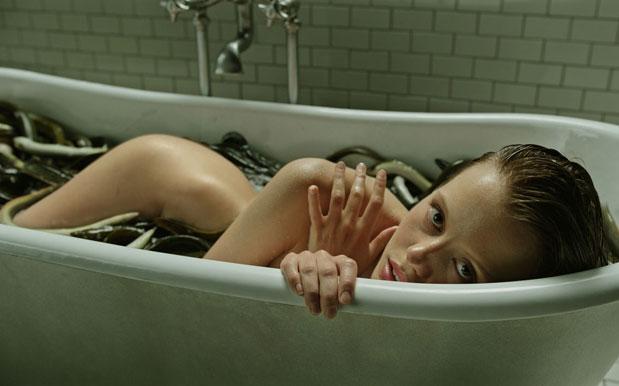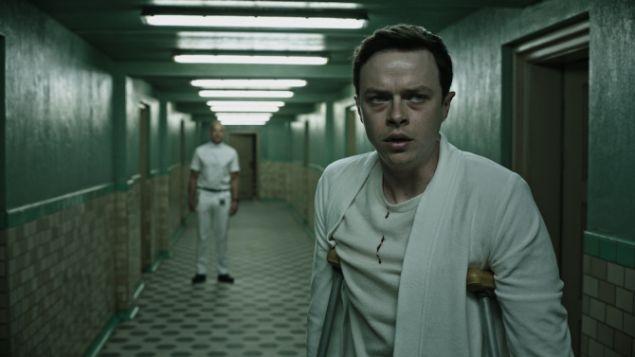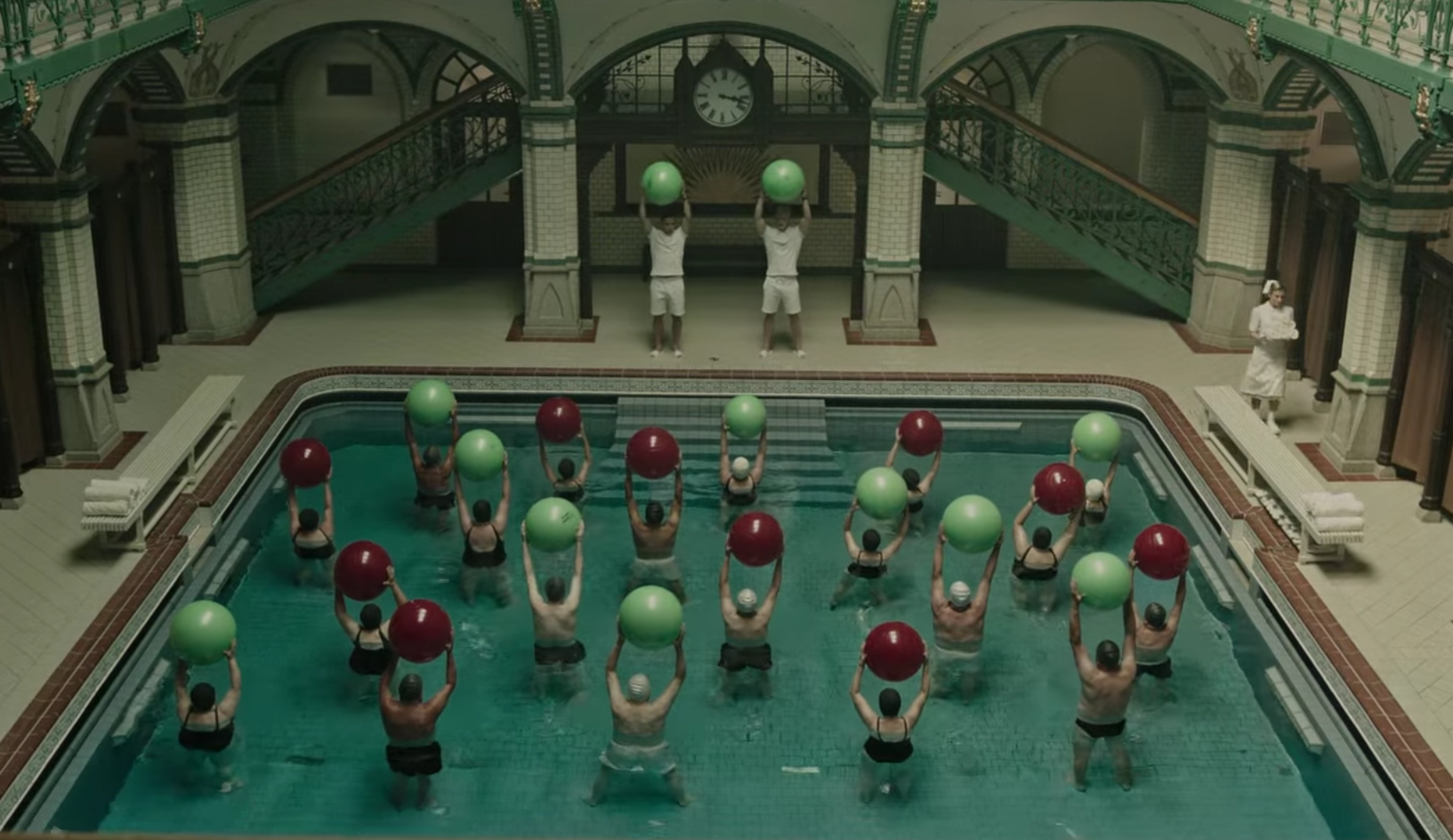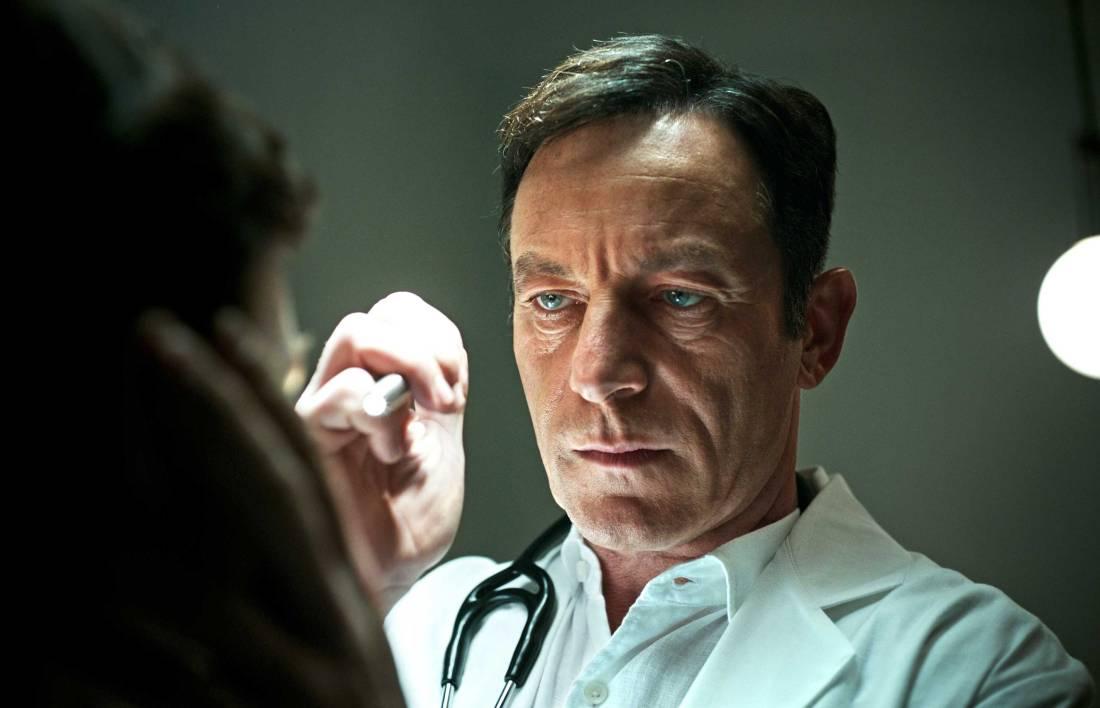
The first thing you’ll notice about ‘A Cure For Wellness‘ is the breathtaking visuals.


“When Lockhart (DeHaan) arrives at the spa, he is in denial, he doesn’t think there is anything wrong with him,” says Verbinski. “But he has this disease worse than any of the other patients. He is diagnosed with the same mysterious illness and becomes a patient at the sanitarium himself. He starts to investigate the deeper, darker secrets of the place. But the closer he gets to the truth, the more his grasp on reality begins to slip.”
And yeah, Verbinski is hoping you’ll get a little fucked up by watching it.
“What’s nice is that we’re perpetrating crimes upon the audience,” he says.“There’s a treatment that is happening to Lockhart and you are observing what is happening to him with the treatment, with the experiments at the sanitarium. But the question is: who is the patient?”

He likens it to the infamous 1963 Milgram experiment at Yale University, where researchers measured the patients’ willingness to obey an authority figure who instructs them to perform acts against their personal conscious – i.e. torture. (The slightly more famous version, the Stanford Prison experiment, came later in 1971.)
“Is the patient Lockhart or is it the audience?” he says. “That’s what fascinates me about this genre; we’re taking people into a darkened room and performing a psychological experiment on them. I’ve set out to analyse the moviegoer; I wanted to ‘diagnose’ the audience and then offer a cure. And we’re giving them a good story to keep them involved.”

Again – without giving anything away – the ending is long. The full run of this thing is two and a half hours, and it reaches its dramatic crescendo over so many minutes, it feels that there’s a thousand different ways the story could turn.
Nope, says Verbinski. The ending is the only cure he’s offering.
‘A Cure For Wellness’ opens in Australian theatres March 16.
Photo: Supplied.



